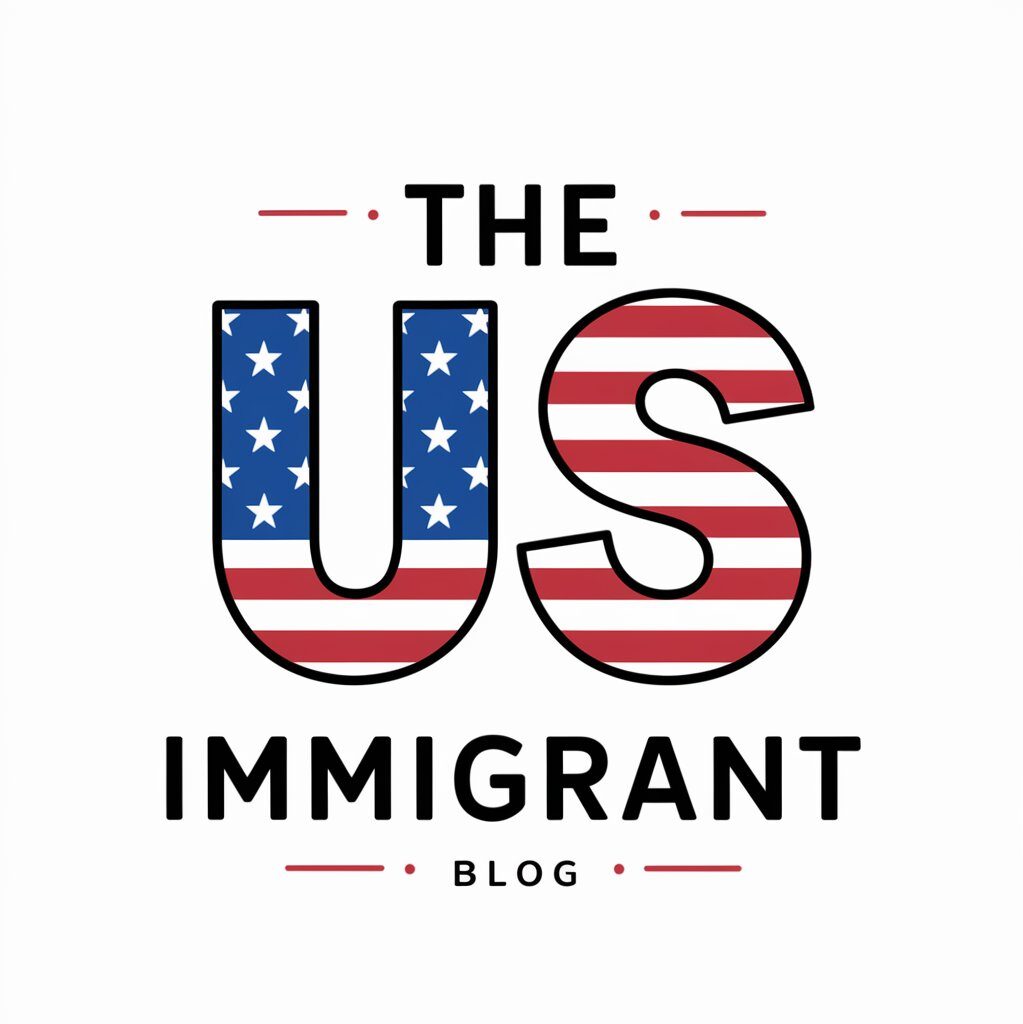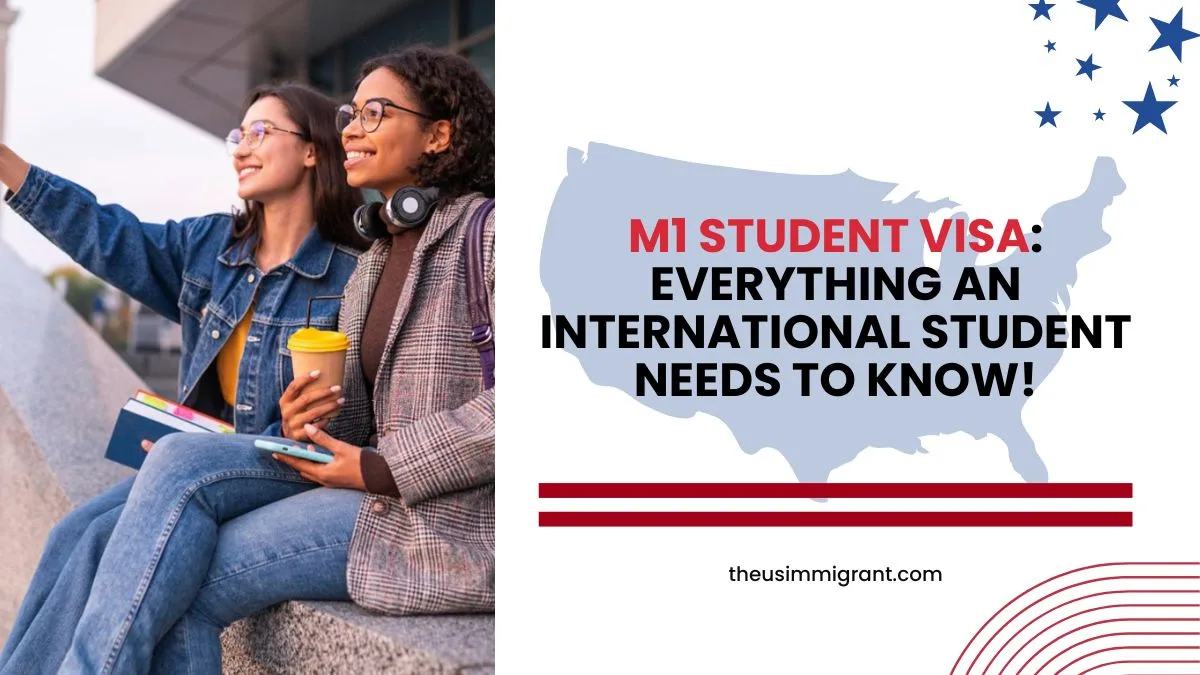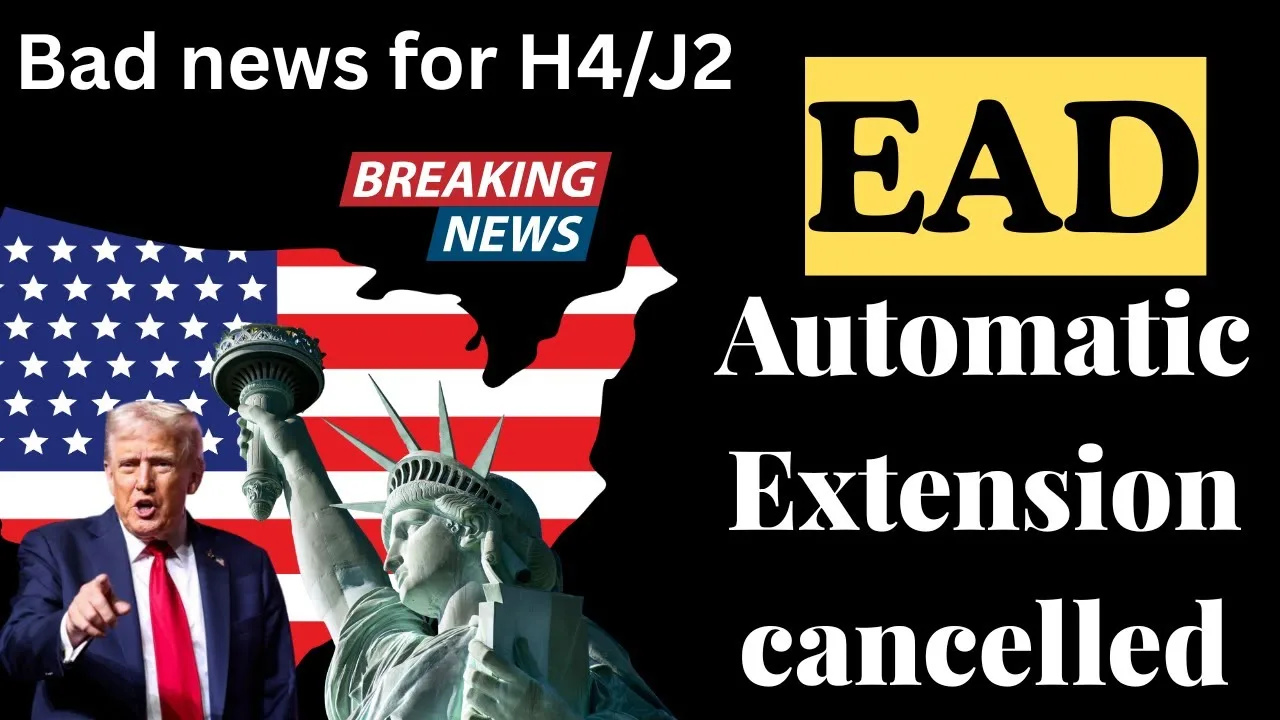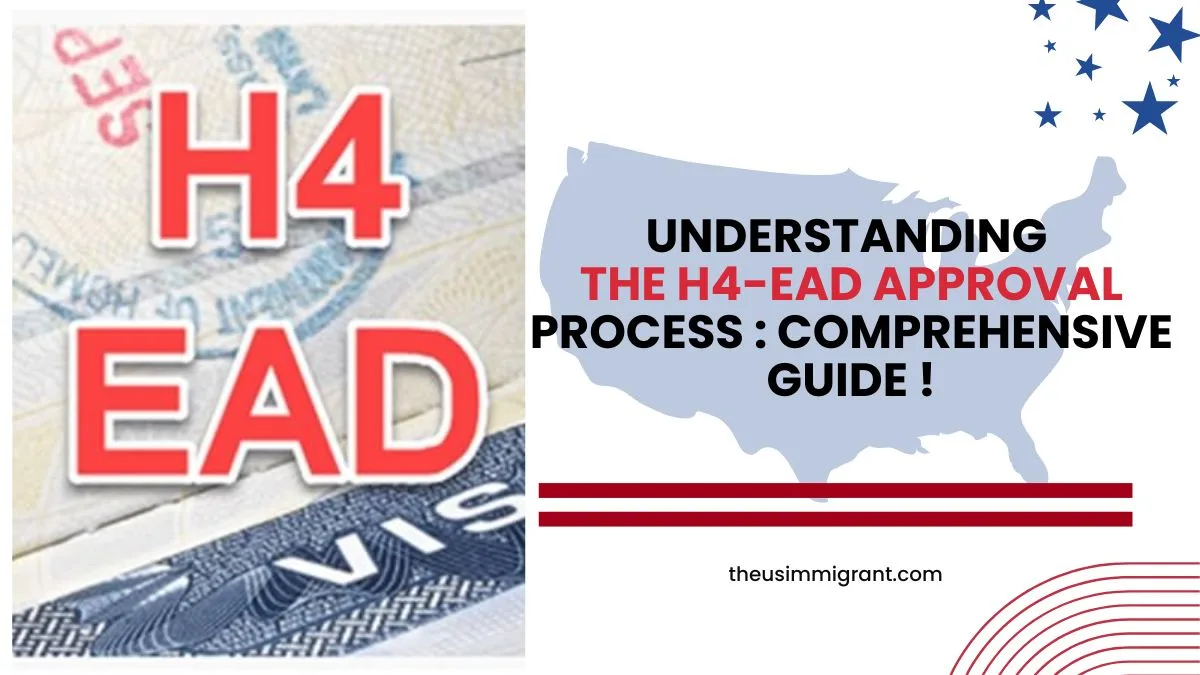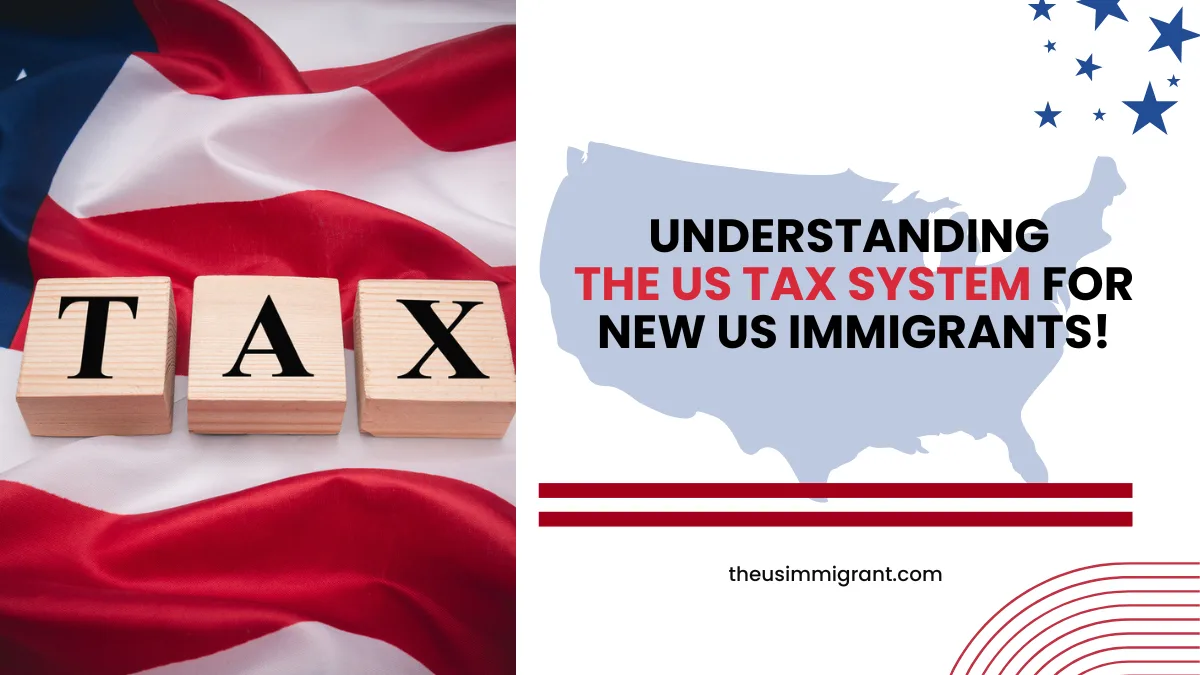Introduction
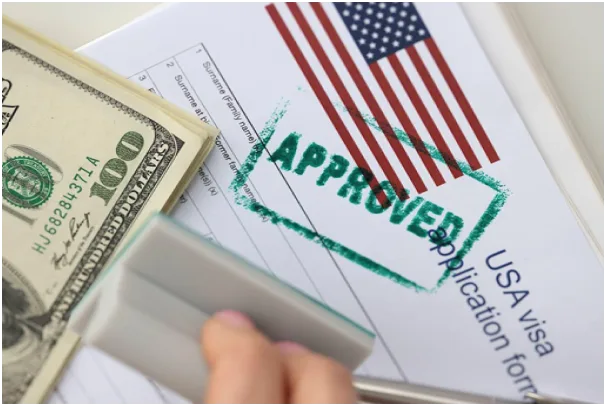
Is Studying in the U.S. your dream?
But before fulfilling that dream or even taking the first step towards that Dream, Understanding the US Education System is very critical.
But to make it a bit simple & easy for yourself, why don’t you try M1 Visa which is a gateway for international students aiming to pursue vocational or non-academic programs in the United States? If you are planning to develop specialized skills or technical expertise, the M1 Visa could be your ticket to achieving your educational and professional aspirations. Here’s a comprehensive guide covering all aspects of the M1 Visa, from eligibility to application and beyond.
What is M1 Visa?
The M1 Visa is specifically designed for individuals enrolling in non-academic courses in the U.S. Unlike the F1 Visa, which is for academic studies, the M1 Visa focuses on hands-on training programs. Whether you wish to master culinary arts, aviation, or mechanical skills, this visa enables you to access world-class M1 vocational student visa training institutions in the U.S.
Also Read: Top 7 Online Learning Platforms for Skill Building as a New Immigrant
Eligibility

Before you can make any M1 application, you should know this:
- SEVP-approved: You must be accepted by the school certified for the Student Exchange Visitor Program (SEVP).
- Financial proof: You must show that you can afford your tuition and living expenses throughout your many programs.
- Language Tests: You must give proof of language test qualifications if the student’s language is not English.
- Intended Purpose of Stay: The M1 Student Visa is strictly for vocational aptitude training and not for academic enrolment for this visa.
M1 Visa Requirements List
Here is the list of M1 Visa requirements:
Document Name | Purpose | Where to Obtain |
Form I-20 | Certificate of Eligibility for Non-immigrant Student Status | Issued by SEVP-approved institution |
DS-160 Form | Online Non-immigrant Visa Application | U.S. Department of State website |
SEVIS I-901 Fee Receipt | Proof of SEVIS fee payment | SEVP portal after payment |
Financial Proof Documents | Demonstrates ability to pay for tuition and living expenses | Bank statements, sponsor letters |
Passport | Identification for travel and visa issuance | Passport office |
Application Process for M1 Visa
|
Step |
Details |
|
Step 1: Get Form I-20 |
Obtain the I-20 form from an SEVP-approved institution after admission. |
|
Step 2: Pay SEVIS Fee |
Submit the SEVIS I-901 fee online to activate your SEVIS record. |
|
Step 3: Complete DS-160 |
Fill out the DS-160 application form online and keep the confirmation receipt. |
|
Step 4: Schedule Interview |
Book your visa appointment at a U.S. embassy or consulate in your country. |
|
Step 5: Attend Interview |
Bring the required documents, including I-20, DS-160 confirmation, and proof of funds. |
|
Step 6: Pay Visa Fee |
Submit the non-refundable M1 Visa application fee. |
Duration and Extension
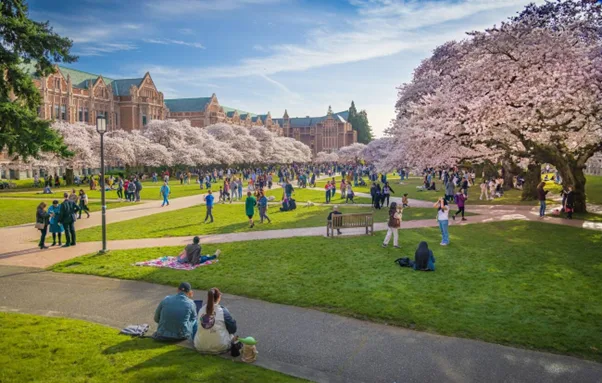
The standard duration of an M1 Visa is equivalent to the length of your vocational program plus a 30-day grace period. Extensions are possible under specific circumstances. If your program requires additional time, you can file Form I-539 to request an extension before your visa expires.
Also Read: Navigating the US Education System for an International Student : A Complete Guide !
SEVIS Fee and Visa Fee Breakdown
|
Fee Type |
Amount |
|
SEVIS I-901 Fee |
$350 |
|
M1 Visa Application Fee |
$160 (Non-refundable) |
|
Practical Training Fee |
Varies (Form I-765) |
Arranging and managing the fee structure in the US, sometimes be tricky. But don’t worry, there are various Scholarships & Financial Aid Programs available, which can help you to navigate & streamline your financials to study in the US.
Employment Restrictions and Opportunities
M1 Visa holders face strict employment restrictions. You cannot work off-campus while studying. However, you may qualify for practical training (PT) after completing your program. To apply for a work permit, submit Form I-765 and obtain approval for your practical training. Remember that PT is limited to one month for every four months of study, up to a maximum of six months.
Dependents and Family Members

If you plan to bring your family, they can apply for M2 Visas. M2 dependents, including your spouse and children under 21, are allowed to accompany you but cannot work or study full-time in the U.S. Children may attend primary or secondary school. But before getting them into any of the schools in the country, you first need to Understand the Difference between Public Schools and Private Schools for Immigrant Families.
Transitioning to Other Visa Types
Switching from an M1 Visa to another visa category, such as an F1 Visa, is possible but challenging. You must file a Change of Status (COS) application with the U.S. Citizenship and Immigration Services (USCIS). Ensure you meet the eligibility criteria for the new visa type before initiating the process.
Difference between of F1 and M1 Visa
|
Aspect |
M1 Visa |
F1 Visa |
|
Purpose |
Vocational or technical studies |
Academic studies |
|
Work Eligibility |
Limited to practical training after the program |
Part-time on-campus and OPT during/after study |
|
Duration |
Fixed based on program length |
Flexible, depends on the academic program |
Common Challenges and How to Overcome Them
- Financial Proof: Maintaining proof of sufficient funds is critical. Create a financial plan and ensure you have the necessary bank statements or sponsor letters.
- Maintaining Status: Always stay enrolled in your program and avoid any unauthorized work.
- Cultural Adjustment: Participate in student orientation programs and connect with fellow students to adapt to the new environment.
Conclusion
The M1 Visa offers international students a unique opportunity to gain specialized skills in vocational fields.
You can make the most of this pathway by understanding the M1 visa requirements, completing the M1 visa application process, and adhering to the regulations. Whether you’re filling out the DS-160 form, managing your I-20, or applying for an M1 visa work permit, meticulous planning is key.
Take this first step confidently toward achieving your vocational aspirations in the U.S.
Frequently Asked Questions (FAQ's)
Q1. Can M1 Visa holders transfer to an F1 Visa?
No, M1 visa holders cannot transfer to an F1 visa. If you wish to get an F1 visa, then you must leave the country and reapply.
Q2. What happens if my visa expires before I finish my course?
If your Visa expires before the course, you can get an extension.
Q3. Can I bring dependents on an M1 Visa?
Yes, M1 visa holders can bring dependents, but they must apply for an M2 visa. However, only the spouse of an M1 visa holder or unmarried children who are under 21 can apply for this visa.
